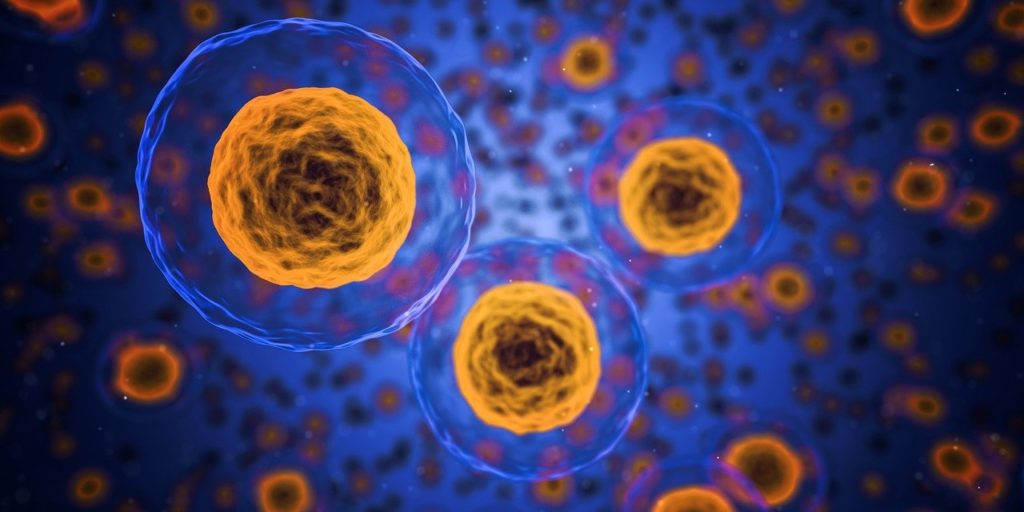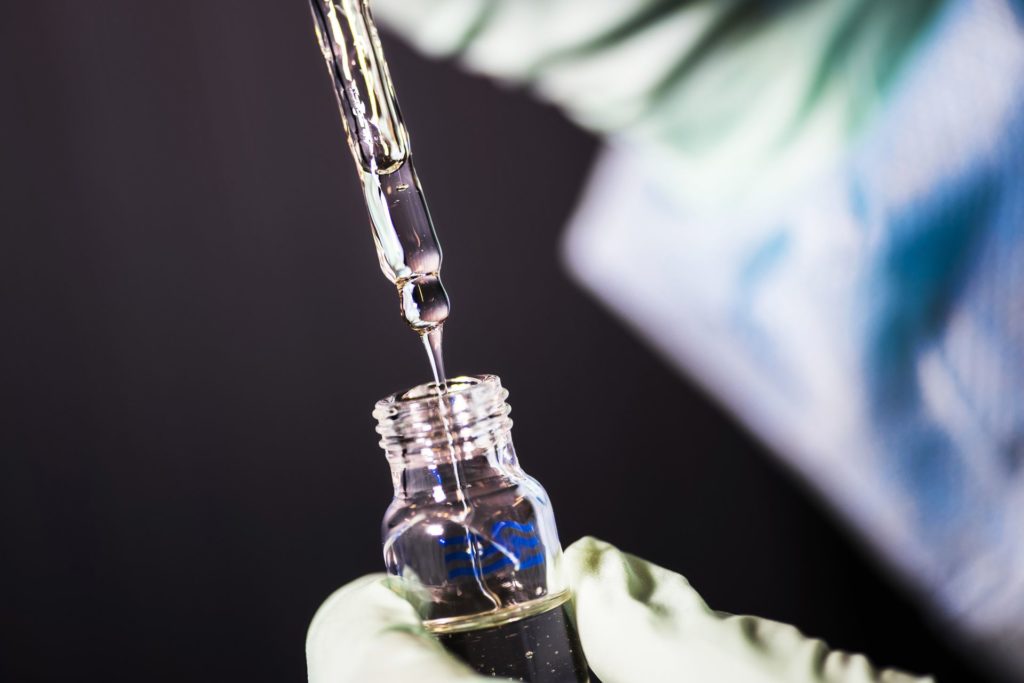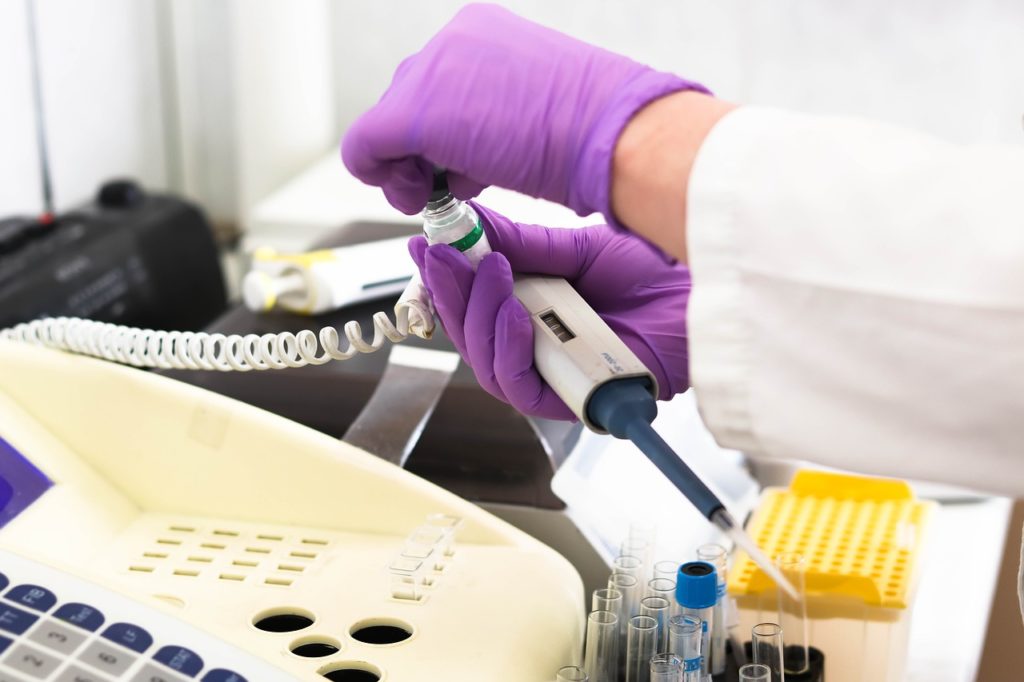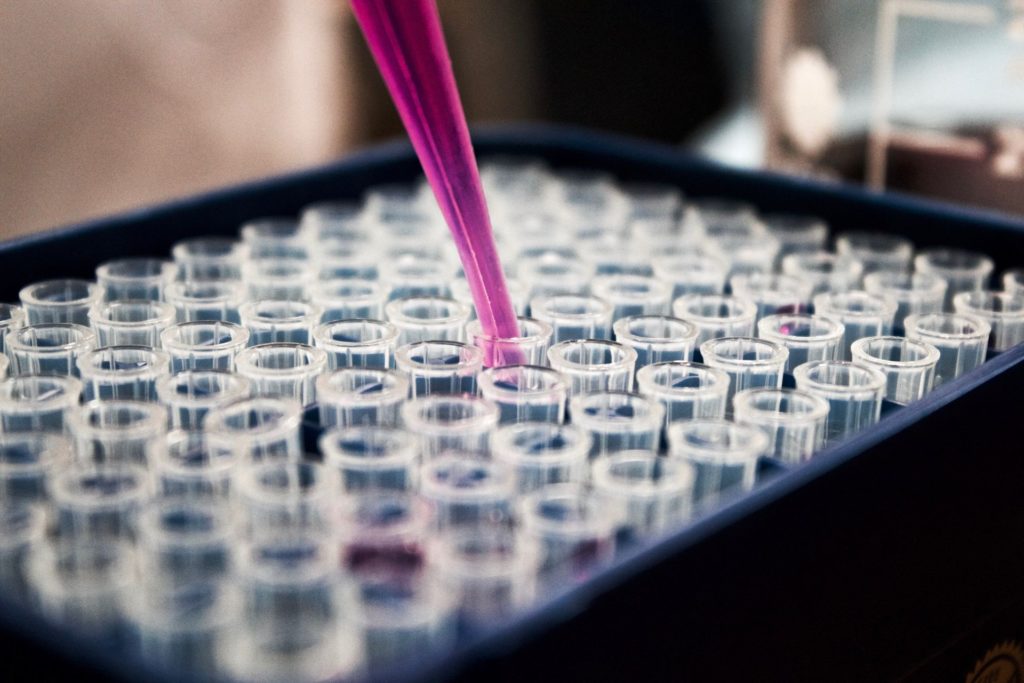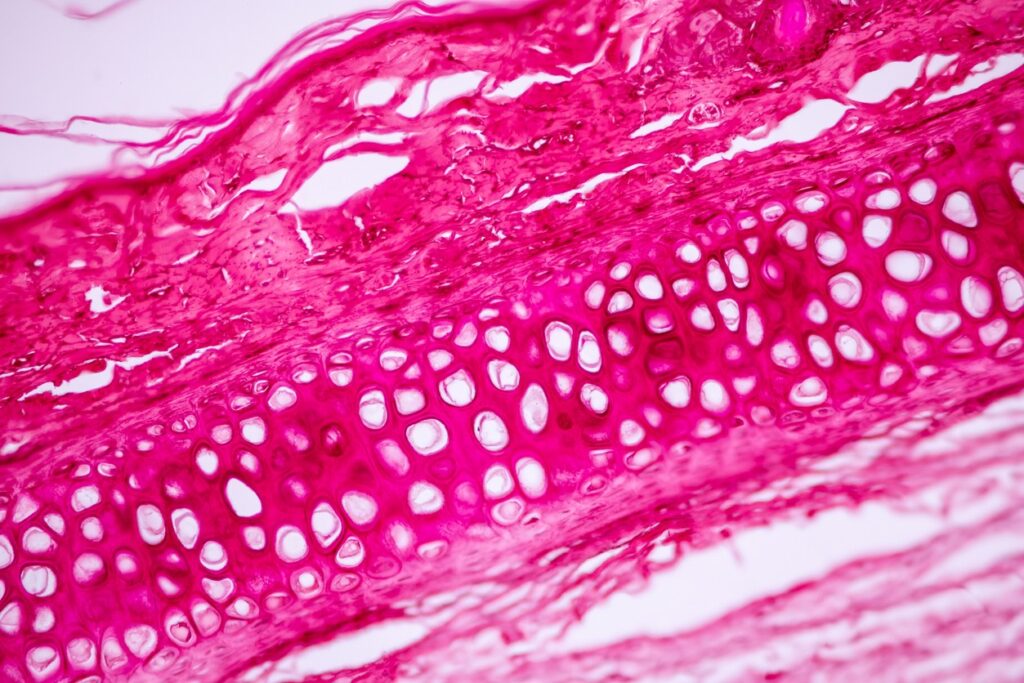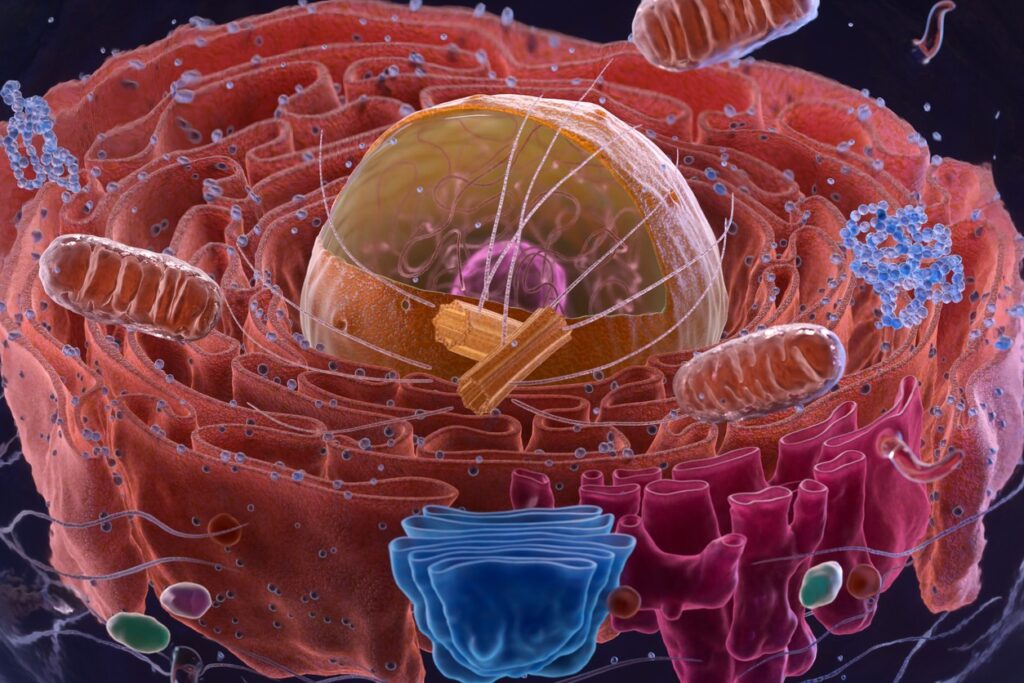No products in the cart
Peptide Blog
All articles and shared info are for educational purposes only.
Latest Peptide Articles
Differences of BPC-157 and TB-500 in Tissue Repair
Peptides are short stretches of amino acids and can be either sourced from naturally prevalent proteins or synthesized. The amino acid sequences are chosen in a way that they may retain the biological function of their full-length protein counterparts and mimic their biological functions. They are said to play diverse roles from hormones, catalysts, and...
How Do Delta Sleep Inducing Peptides Work?
Delta Sleep-Inducing Peptide (DSIP) is an endogenous neuropeptide that was first isolated from rabbits by Monnier and associates in 1964. It is proposed to play a role in inducing delta EEG sleep and is believed to have a diverse influence on the central nervous system. Researchers suggest that it may regulate circadian rhythm, sleeping patterns,...
What are Copper Peptides (GHK-Cu), and How Do They Work?
GHK-Cu peptide is a naturally prevalent copper complex first identified in plasma, and is considered to be present in fluids such as saliva and urine. Copper peptides, small protein fragments, are believed to have a high affinity for copper ions, which are critical to normal body function. GHK-Cu peptide is thought to play essential roles,...
What is a Peptide?
A peptide is a chemical compound consisting of two or more amino acids connected via peptide bonds. A peptide bond is a covalent bond. It is formed when two amino acids’ carboxyl group or C-terminus react with the amino group or N-terminus. Thus a condensation molecule of water is released during this reaction. The resulting...
Research in IGF-1 and IGF-1 LR3 Peptides and Muscle Growth
IGF-1, also known as Insulin-Like Growth Factor 1 or Somatomedin 1, is naturally present in the blood. It is a polypeptide hormone with structural similarity to Insulin. Primarily synthesized in the liver, the synthesis of IGF-1 is managed by the pituitary secretion of Growth Hormone (GH). Various organs, including the brain, are speculated to synthesize...
What Is BPC-157 Peptide?
BPC-157 is a short peptide derived from a full-length protein called body protection compound (BPC). Researchers suggest that BPC is a naturally occurring peptide that may promote healing when exposed experimentally in animal research models. The peptide is speculated to play a crucial role in the potential repair and healing of the intestines and other...
Peptides and Osteoporosis
Osteoporosis, which is characterized by an increase in bone fragility and vulnerability to fractures, is speculated to be one of the most prevalent systemic skeletal system diseases. The healing of fractures in research models of osteoporosis is delayed and compromised due to microarchitectural destruction in bone tissue. Recent studies in different animal research models have...
Standard Procedure For Storing Peptides
Long-term peptide storage over several months and years demands proper refrigeration. The preferred and usual temperature for storage is -80C (-112F). Freezing peptides is optimal to preserve their stability and retain functional viability. Peptides are short stretches of amino acids that mimic their full-length counterparts’ functions. They can be natural or synthetic and find research...
Epitalon: Correlation in DNA Telomeres and Sleep
Research studies in 1973 suggest that the exposure to Epithalamin was followed by a restoration of the estrous cycle in old female rats with persistent estrus syndrome. This might have lowered the threshold of sensitivity of the hypothalamo-pituitary complex to feedback inhibition by estrogens in old animals. The long-term exposure to the preparation has been...

